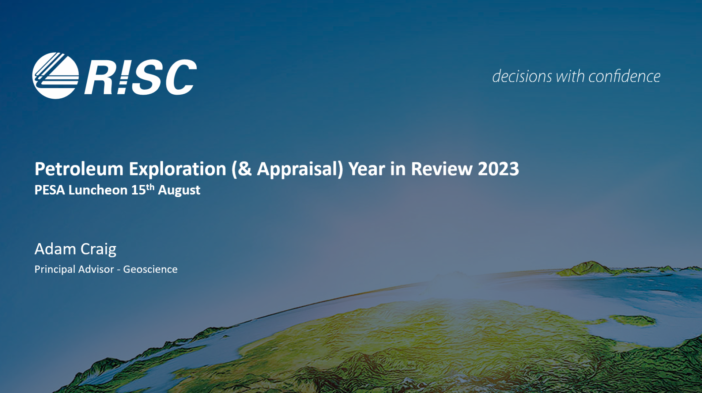
- This event has passed.
2023 PESA WEBINAR SERIES: Unlocking Offshore CO2 Storage in Australia With A Floating CCS Development Hub
Tuesday, 2 May, 2023 @ 11:00 am - 12:00 pm (Australia/Perth time)
Free – $10.00
Kindly supported by Rock Flow dynamics 
This live webinar will take place at:
11am – Perth
12.30pm – Darwin, Adelaide
1pm – Brisbane, Canberra, Hobart, Melbourne, Sydney
Use the calendar link on this page to add this event in to your own calendar at the correct local time for your location.
Tickets are free for members (please log in to see this) and $10 for non members.
Please buy your tickets and immediately follow the link in the ticket e-mail (not the calendar invite or this webpage, which is just generic and not event specific) to set up your registration with the webinar software well in advance of the time of the talk. Once registered with the webinar software you will receive a reminder e-mail 1 hour beforehand.
Unlocking Offshore CO2 Storage in Australia With A Floating CCS Development Hub
Presented by Daein Cha and Peter Grant (DeepCStore)
Abstract
Carbon capture and storage (CCS) is central to a clean energy transition. According to the UN’s IPCC and IEA, CCS needs to attain a global CO2 reduction capacity of ~4 billion tonnes per annum by 2050 to achieve Paris Agreement targets (IEA, 2020). To date, only 30 large scale CCS facilities are operational worldwide, totalling 42.6 million tonnes per annum of CCS capacity (Global CCS Institute, 2022). A massive number of new projects are needed.
Australia has a potential CO2 storage capacity of 434 billion tonnes, with 316 billion tonnes (73%) residing in offshore oil and gas fields and aquifers (Carbon Storage Taskforce, 2009). The APAC region also provides significant additional CO2 storage capacity.
A key constraint to unlock the potential CO2 storage capacity in Australia and the APAC region is that the CO2 storage sites and emitter sources are not necessarily located close by. Since most CCS projects considered to date use pipeline transportation, this limits the number of developments to those that have the emission sources and storage sites in proximity.
By utilizing the Floating CCS Hub development concept, which includes liquefied CO2 carriers and floating CCS hub facilities, CCS can be provided to a broader range of emission sources. The transportation cost using liquefied CO2 carriers is not as sensitive to transport distance as pipelines, which have a linear relationship between distance and cost. Liquefied CO2 carriers and floating CCS hub facilities also minimise development constraints related to pipeline distances and land use, and enable replicability and scalability to unlock multiple offshore CO2 storage sites for CCS in Australia and the APAC region.


